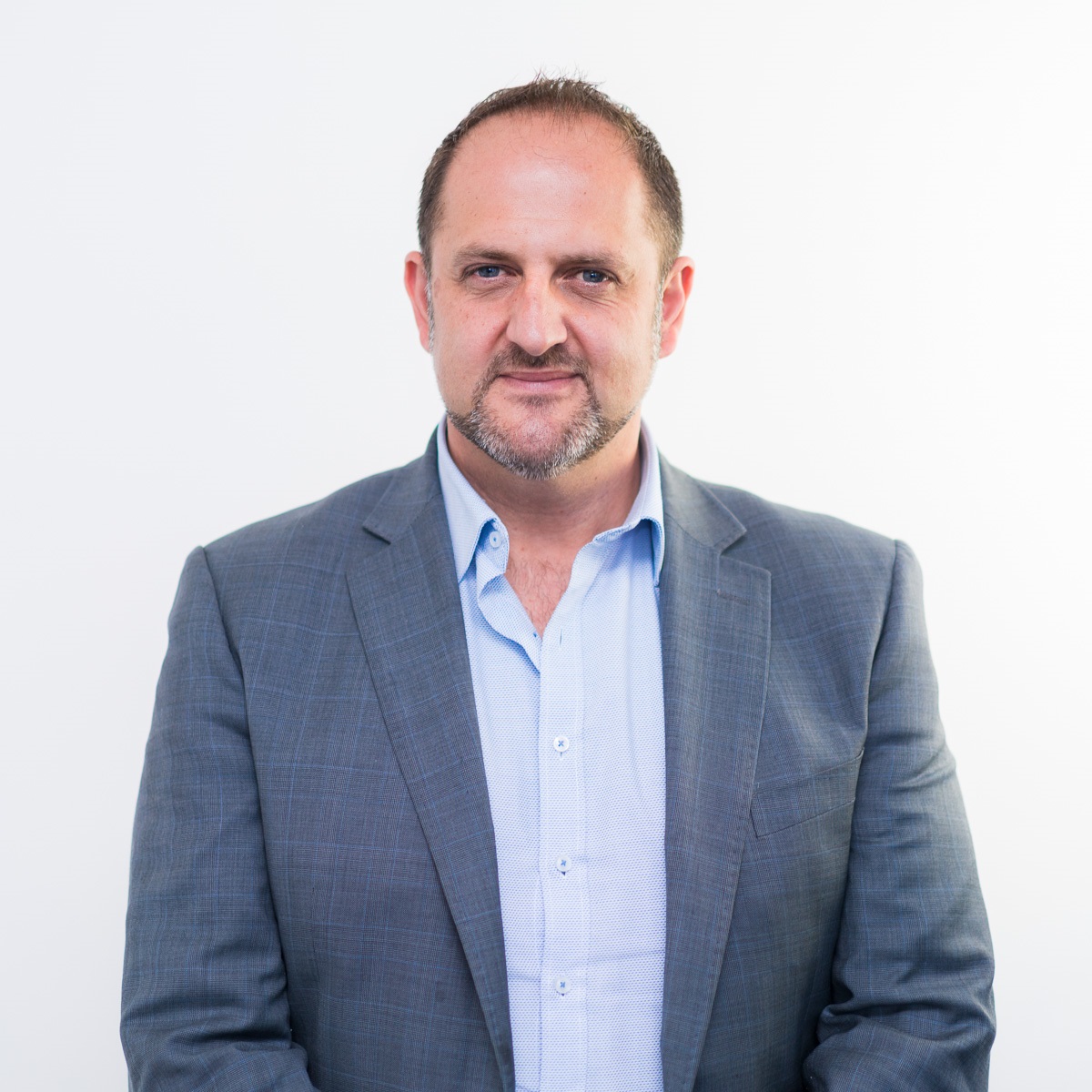With ongoing disruption to global and national supply chains, it is more important than ever that supply chains are reliable and sustainable with technology and data playing a key part.
Retailbiz spoke to Nick Lambrou, CEO of Thinxtra, an Australian Internet of Things (IoT) company that provides networks, devices and software to provide customers with data about their assets and operations.
Thinxtra is working to improve supply chains with organisations like Coles and CouriersPlease, which have established a better understanding of their assets, and gained granular visibility over their supply chains and products in motion, all with environmental impact front of mind.
“Thinxtra as an organisation started as a network owner operator dedicated to the Internet of Things (IoT) in 2016 and has since evolved over the years to expand its capabilities and operate in the Massive IoT sector,” Lambrou told Retailbiz.
“We’re a solution provider and a network owner operator helping organisations harvest, transport and analyse data from their own assets, with the ultimate objective of creating value and driving efficiencies, which often translates to reducing costs and addressing environmental concerns.”
Thinxtra’s solutions are either out of the box or created in collaboration with its partners. A typical solution consists of a device or a sensor with connectivity over cellular or Thinxtra’s 0G network supported by a software platform that analyses the data and translates it into meaningful insights.
“An example of this is our work with Coles and helping them with the transportation of poultry from farmers to distribution outlets,” Lambrou said.
“One of their challenges was around quality and loss of assets, specifically their cold bins. Tracking is not something new. There’s technology such as RFID but we take that to the next level, enabling organisations to know what is happening during the entire process – not just at the beginning or end.
“For example, if a cold bin is sitting idle for too long or there is a sudden change in temperature, you will receive a notification to take action and avoid spoilage. With geofencing capabilities, you can also be notified if a truck goes off route or if it has been in an accident and the bins have been damaged.
“Massive IoT can deliver deeper insights if something goes wrong by providing information where it’s gone wrong and how the issue can be resolved.”
Overcoming supply chain challenges
Lambrou said it’s no secret that everything came to a grinding halt during Covid with significant delays for all manufacturers getting product to end consumers.
“For example, CouriersPlease, at the height of the pandemic when everyone was in lockdown and online purchases saw a massive increase, had real pressure put on them to deliver parcels to desired locations. One of their challenges was losing a high percentage of their transportation cages which transport the parcels. Beyond the cost of replacement, there was the issue of asset utilisation. If a customer places an order by the 4pm cut-off and the transportation cage is not there, you are unable to deliver the parcel to its intended destination in time. Subsequently, the company was seeing poor utilisation rates,” he explained.
“Through the solution that Thinxtra provided to CouriersPlease, not only have they been able to gain a better understanding of the location of the transportation cages and retrieve them, but it’s given them better insights around what’s happening with the cage.”
Sustainability takes a seat in the boardroom
Fast forward to now and retailers are putting a lot of pressure on their suppliers to address the challenges associated with supply chain, in particular scope three emissions. Lambrou pointed to a Microsoft study released earlier this year that revealed Australian retailers won’t be able to achieve their net zero objectives by 2050.
“The biggest challenge they face is around how they can work with their suppliers and the broader supply chain process to find efficiencies. There’s a discussion moving into the C suite and boardroom level around what organisations are doing to be environmentally responsible,” he said.
“Going back to the example of CouriersPlease, every year that they lose, or were losing, transportation cages meant they had to go back to their suppliers and order new cages. This means pulling out raw materials from the ground, manufacturing them, and putting more of these assets in the market, when realistically they have a product lifecycle that should last many years.
“This is another example of how Massive IoT aims to address that issue. Retailers are facing rising costs of doing business, but there’s only so much they can do to continually increase their prices, as inflation and wages go up. How do you address increasing costs without just continually increasing prices?”
Lambrou believes retailers need to find ways to look at the inefficiencies in their business and drive them out, which is what Massive IoT aims to do by understanding how the assets within an organisation and assets of suppliers are moving.
“It comes down to ensuring that there is sustainable compliance in place, not just for your own organisation, but also with the organisations you’re dealing with,” he said.
“For example, abandoned shopping trolleys being dumped at parks, waterways, train stations, bus shelters, is a huge issue. Individuals and corporations get fined for this, but it costs the government $17 million per annum to collect these trolleys.
“Think about a solution that allows you to track the shopping trolley and minimise dumping, as well as the noise and carbon emissions produced by the tractors that collect them, and find a more cost effective way.
“There’s a lot of pressure on organisations as these types of technologies become more viable and it will elevate the sustainability discussion at the boardroom level, similar to what we saw with the Cloud, and I see the same thing for Industry 4.0 around how we accelerate AI and machine learning to remove operational inefficiencies.”

